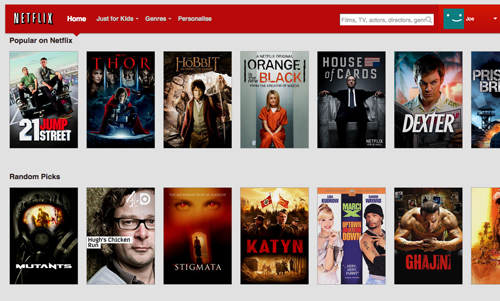4K TVs being adopted quicker than HD TV
The Consumer Technology Association predicts that 4K UHD TV sales will hit 20m in the US next year, with sales of 4K Blu-ray players also increasing.

4K televisions have a greater adoption rate than HDTV, according to technology lobby group the Consumer Technology Association (CTA). Sales of 4K televisions in the US are expected to double to 15m units this year; rising to 20m a year in 2017 and 26m in 2019.
“Consumers are showing a strong preference for 4K,” said Gary Shapiro, CEO of the CTA. "It's faster and more robust than HDTV," he explained, in comments reported by VentureBeat.
4K resolution is 4096 x 2160 pixels (or 3840 x 2160 on a 16:9 picture format), or four times the total number of pixels on a Full HD 1080p screen (1920 x 1080).
MORE: What is Ultra HD TV and 4K TV? Everything you need to know

The price of televisions is also dropping: from an average of $1048 (£800) in 2015 to $861 (£650) in 2016. So far, there have been 700,000 4K Blu-ray players sold in 2016, with 500,000 4K Blu-ray discs sold, according to the Digital Entertainment Group.
This is concurrent with more streaming services, like Netflix and Amazon Prime Instant Video, supporting 4K content.
But while 4K might be the highest resolution available in Europe and the US, Japan is set to broadcast 8K content in 2020 during the Tokyo Olympic Games. Sony and Panasonic are rumoured to be in the process of manufacturing televisions capable of supporting the increase in pixels.
Get the What Hi-Fi? Newsletter
The latest hi-fi, home cinema and tech news, reviews, buying advice and deals, direct to your inbox.
MORE: 8K TV will be mainstream by 2020, study forecasts
[via VentureBeat]
Adam was a staff writer for What Hi-Fi?, reviewing consumer gadgets for online and print publication, as well as researching and producing features and advice pieces on new technology in the hi-fi industry. He has since worked for PC Mag as a contributing editor and is now a science and technology reporter for The Independent.
